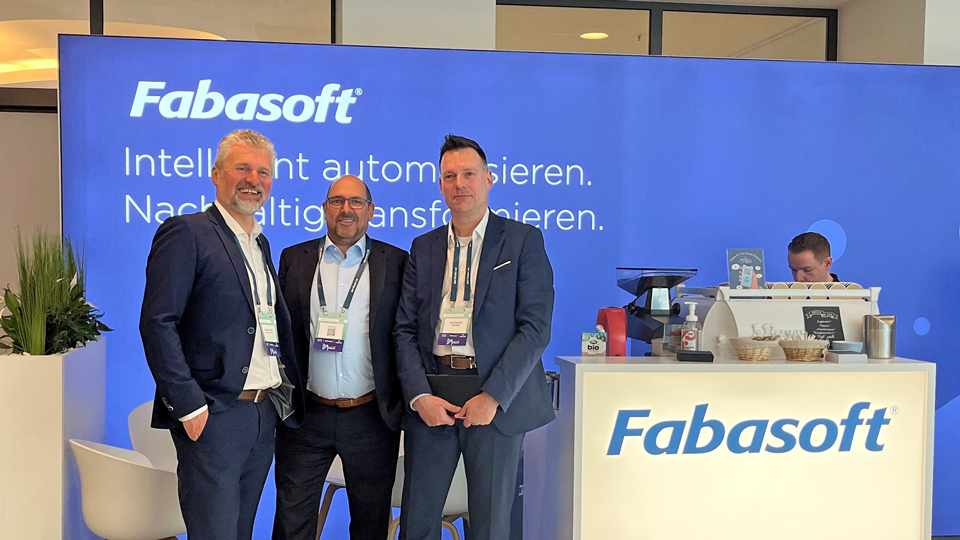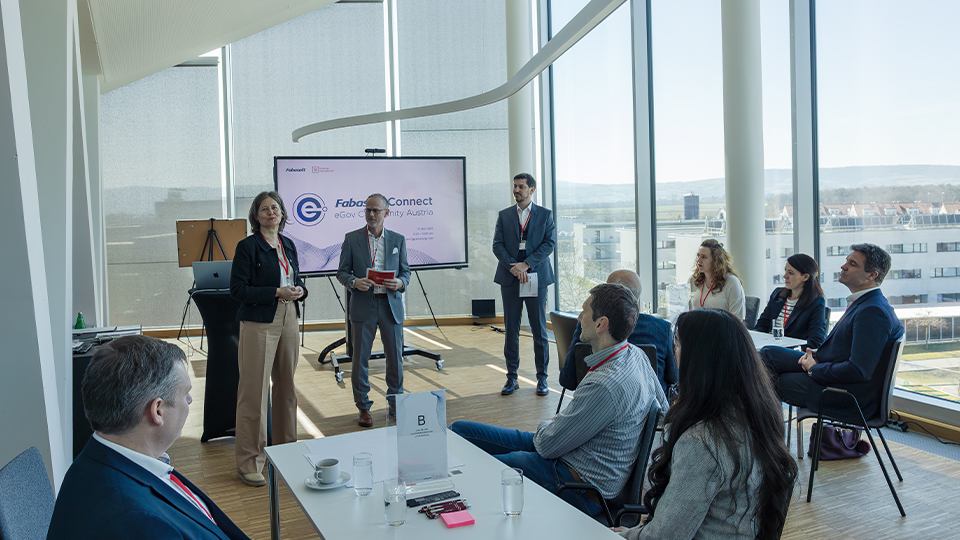To compete successfully in the global marketplace, companies are faced with the challenge of responding flexibly to rapidly changing market conditions. Achieving a smooth and successful change in operations demands an agile mindset on the part of the executive team. Reputable businesses are leading the way when it comes to harnessing the potential of their workforce, sparking and sustaining their capacity for innovation, and putting it to intelligent use. They’re decentralizing the decision-making process and creating a work environment in which teams can really thrive. After all, the ultimate goal is to turn innovative ideas into reality quickly.
How to ensure the success of your digitalization projects
The pandemic has galvanized the digital transformation across all industries, but the path harbors stumbling blocks that can be avoided:
- Rigid corporate structures
- Unrealistic targets
- Unmanageable data silos – meaning disparate and scattered data sources that can’t be integrated
As a baseline, solutions designed for optimal scalability require a common data environment. In this context, we recommend using cloud-based software equipped with standard interfaces and comprehensive security certifications, such as those that comply with the Cloud Computing Compliance Criteria Catalogue (C5), published by the German Federal Office for Information Security (BSI).
A “digital mindset” within the company is fundamental, and this means viewing digitalization as more than merely a technological optimization, but instead seeing it as a sweeping transformation process that includes the associated digital business processes. The key is to keep a steady and watchful eye on added value for the customer.
An agile approach means rapid project implementation
The waterfall model and its linear, stage-by-stage project execution have become obsolete. To fast-track digitalization efforts and innovations, businesses need to adopt an agile approach. The advantage it brings is the ability to respond flexibly to changes even during implementation, and yet still stay on schedule.
In agile project management, one model taken from software development has prevailed: Scrum.
Agile working with Scrum
In short, Scrum involves approaching your goal step by step, with each step acting as a self-contained building block that adds to the big picture.
Interdisciplinary experts form small, self-organized teams and work in brief iterations of one to four weeks (sprints) to complete specific tasks (stories). Once a sprint is complete, each group presents the results and solicits feedback from stakeholders and users. Each story has its own “definition of done,” meaning the acceptance criteria that need to be met before it can be considered complete and approved.
Every sprint starts with a time-bound planning meeting and ends with a review and retrospective. During the sprint, the team meets briefly in daily update meetings (“stand-ups,” “daily scrum”) to coordinate their work. In these meetings, each member shares the following information:
- Here’s what I’ve accomplished since the last daily scrum.
- Here’s what I’m going to do before the next daily scrum.
- Here are the obstacles I’ve encountered and where I need support.
This approach means that Scrum can replace inflexible project plans as the ideal approach to developing new products and services at speed.
Whitepaper: Agile working in digitalization projects
| In our whitepaper, you will learn how to successfully implement digitization projects using Scrum and establish an agile mindset in your company. |




